Traditional grass lawns, while often seen as a symbol of suburban beauty and pride, carry significant environmental consequences. The cultivation and maintenance of these lawns typically require extensive water usage, particularly in arid regions where irrigation becomes essential. According to the United States Geological Survey, residential lawns account for nearly 30% of urban water use, which can lead to depletion of local water resources.
This excessive water consumption not only strains municipal supplies but also contributes to the over-extraction of groundwater, leading to long-term ecological imbalances. Moreover, the maintenance of traditional grass lawns often involves the use of chemical fertilizers, pesticides, and herbicides. These substances can leach into local waterways, causing pollution that disrupts aquatic ecosystems.
For instance, nitrogen runoff from fertilizers can lead to algal blooms in lakes and rivers, which deplete oxygen levels and harm fish populations. Additionally, the carbon footprint associated with lawn maintenance equipment—such as gas-powered mowers and trimmers—further exacerbates environmental degradation. The emissions from these machines contribute to air pollution and climate change, making traditional grass lawns a less sustainable choice in the face of growing environmental concerns.
Key Takeaways
- Traditional grass lawns contribute to water pollution and require high levels of maintenance
- Eco-friendly grass alternatives can reduce water usage and chemical inputs, and provide habitat for wildlife
- Types of eco-friendly grass alternatives include clover, fescue, and buffalo grass
- Consider factors such as climate, soil type, and intended use when choosing an eco-friendly grass alternative
- Eco-friendly grass alternatives may have higher upfront costs but can save money in the long run through reduced maintenance and water usage
Benefits of Eco-Friendly Grass Alternatives
Water Conservation
One of the most significant benefits of eco-friendly grass alternatives is their reduced water requirement. Many options are drought-resistant and can thrive in various climates without the need for extensive irrigation. This not only conserves water but also reduces the energy costs associated with pumping and distributing water for lawn care.
Many of these plants are naturally resistant to pests and diseases, reducing the need for synthetic pesticides and fertilizers. This shift not only benefits the environment by minimizing chemical runoff but also promotes healthier soil ecosystems.
A Healthier Ecosystem
Healthy soil is rich in organic matter and supports a diverse range of microorganisms that contribute to plant health. By fostering a more balanced ecosystem, homeowners can create a sustainable landscape that thrives without heavy reliance on chemical treatments.
Types of Eco-Friendly Grass Alternatives
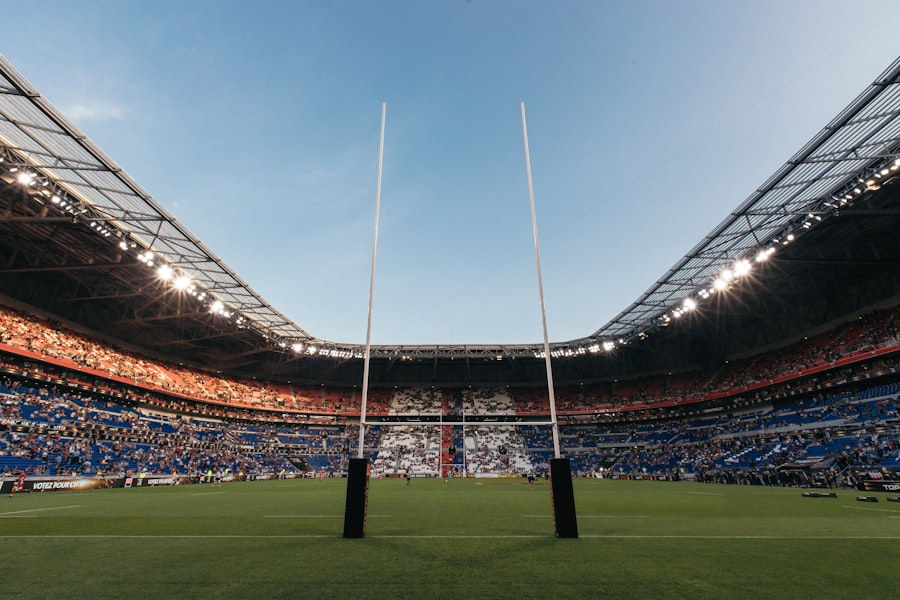
There is a diverse array of eco-friendly grass alternatives available for homeowners seeking to replace traditional lawns. One popular option is clover, particularly white clover (Trifolium repens). This low-growing plant not only requires minimal mowing but also enriches the soil through nitrogen fixation, reducing the need for synthetic fertilizers.
Clover lawns can withstand foot traffic and provide a lush green appearance while attracting beneficial pollinators like bees. Another alternative is native grasses, which are well-suited to local climates and require less maintenance than traditional turf grasses. For instance, buffalo grass (Buchloe dactyloides) is a drought-tolerant native grass that thrives in the Great Plains region of North America.
It requires minimal mowing and irrigation once established, making it an excellent choice for environmentally conscious homeowners. Additionally, ornamental grasses such as blue fescue (Festuca glauca) or switchgrass (Panicum virgatum) can add visual interest while providing habitat for wildlife. Ground covers like creeping thyme (Thymus serpyllum) or sedum species are also gaining popularity as lawn alternatives. These plants spread quickly and form dense mats that suppress weeds while requiring little water and maintenance.
They can withstand varying levels of foot traffic and provide vibrant colors and textures throughout the growing season.
How to Choose the Right Eco-Friendly Grass Alternative for Your Lawn
| Grass Alternative | Water Requirements | Mowing Frequency | Drought Tolerance |
|---|---|---|---|
| Buffalo Grass | Low | Low | High |
| Zoysia Grass | Low to Moderate | Low | High |
| Fescue Grass | Moderate | Low to Moderate | Moderate |
| Clover | Low | Low | High |
Selecting the appropriate eco-friendly grass alternative involves several considerations tailored to individual preferences and local conditions. First and foremost, homeowners should assess their climate zone and soil type. Different plants thrive in varying environments; for example, warm-season grasses like zoysia (Zoysia spp.) are better suited for southern climates, while cool-season grasses like fine fescue (Festuca spp.) perform well in northern regions.
Understanding these factors will help ensure successful establishment and growth. Another critical aspect is the intended use of the lawn area. If the space will experience heavy foot traffic, selecting a resilient option like clover or buffalo grass may be ideal.
Conversely, if the area is primarily decorative or serves as a habitat for wildlife, ornamental grasses or flowering ground covers could be more appropriate. Homeowners should also consider their aesthetic preferences; some may prefer the lush look of a clover lawn, while others might favor the texture of ornamental grasses. Finally, it is essential to evaluate maintenance requirements.
While many eco-friendly alternatives require less upkeep than traditional lawns, some may still need occasional mowing or trimming to maintain their appearance. Homeowners should choose options that align with their willingness to invest time in lawn care while still achieving their desired landscape goals.
Maintenance and Care of Eco-Friendly Grass Alternatives
Maintaining eco-friendly grass alternatives generally requires less effort than traditional lawns, but specific care practices can enhance their longevity and health. For instance, many native grasses and ground covers benefit from infrequent mowing or trimming to promote healthy growth and prevent overcrowding. Homeowners should aim to mow only when necessary, allowing plants to reach their natural height before cutting back any overgrowth.
Watering practices also differ significantly from those used for conventional lawns. Once established, many eco-friendly alternatives are drought-resistant and can thrive on natural rainfall alone. However, during prolonged dry spells or extreme heat, supplemental watering may be necessary to support young plants until they develop deep root systems.
Homeowners should focus on deep watering techniques that encourage roots to grow deeper into the soil rather than frequent shallow watering. Fertilization needs vary among different eco-friendly options; however, many native plants thrive in nutrient-poor soils without additional fertilizers. When fertilization is necessary, organic options such as compost or natural fertilizers can be used to enrich the soil without introducing harmful chemicals.
Regularly monitoring soil health through testing can help homeowners determine if any amendments are needed.
Cost Considerations of Eco-Friendly Grass Alternatives

While the initial investment in eco-friendly grass alternatives may vary depending on the chosen species and installation method, long-term cost savings often make them an attractive option for homeowners. Traditional lawns typically require ongoing expenses related to water usage, chemical treatments, and regular maintenance equipment such as mowers and trimmers. In contrast, eco-friendly alternatives often demand less frequent watering and fewer chemical inputs, leading to reduced utility bills and lower overall maintenance costs.
The cost of establishing an eco-friendly lawn can also be influenced by factors such as seed or plant selection and installation methods. Some homeowners may choose to sow seeds directly into existing lawns or bare soil, which can be a cost-effective approach compared to purchasing sod or hiring professional landscapers for installation. Additionally, many eco-friendly options are available at competitive prices through local nurseries or online retailers.
It is essential for homeowners to consider not only the upfront costs but also the long-term savings associated with reduced maintenance requirements and lower resource consumption. By investing in eco-friendly grass alternatives, homeowners can create sustainable landscapes that contribute positively to their environment while also saving money over time.
Case Studies: Successful Implementation of Eco-Friendly Grass Alternatives
Numerous communities across the United States have successfully implemented eco-friendly grass alternatives as part of broader sustainability initiatives. One notable example is the city of San Diego, California, which has promoted the use of drought-tolerant landscaping through its “WaterSmart” program. This initiative encourages residents to replace traditional lawns with native plants and low-water-use landscaping options.
As a result, many neighborhoods have transformed their landscapes into vibrant ecosystems that require significantly less water while enhancing local biodiversity. Another case study can be found in Portland, Oregon, where local parks have adopted clover lawns as part of their green space management strategy. By replacing conventional turf with clover in high-traffic areas, park managers have reduced water usage and maintenance costs while providing a lush green space for visitors.
The success of this initiative has inspired other municipalities to explore similar approaches in their public parks and recreational areas.
Tips for Transitioning to an Eco-Friendly Grass Alternative
Transitioning from a traditional grass lawn to an eco-friendly alternative requires careful planning and execution to ensure success. One effective approach is to gradually replace sections of the lawn rather than attempting a complete overhaul at once. Homeowners can start by identifying areas that receive less foot traffic or are more challenging to maintain due to poor soil conditions or excessive shade.
By replacing these sections with eco-friendly options like clover or ground covers first, homeowners can observe how well these plants perform before committing to larger areas. Before planting eco-friendly alternatives, it is crucial to prepare the soil adequately. This may involve removing existing grass through methods such as solarization or smothering with cardboard or mulch to suppress growth without resorting to chemical herbicides.
Once the area is prepared, homeowners should follow best practices for planting—ensuring proper spacing between plants or seeds and providing adequate moisture during establishment. Education plays a vital role in successful transitions; homeowners should familiarize themselves with the specific needs of their chosen eco-friendly alternatives regarding watering, fertilization, and maintenance practices. Engaging with local gardening groups or extension services can provide valuable insights into best practices tailored to regional conditions.
By taking a thoughtful approach to transitioning from traditional lawns to eco-friendly grass alternatives, homeowners can create sustainable landscapes that enhance both their properties and the environment at large.
If you are interested in exploring alternatives to traditional grass lawns, you may want to check out this article on essential herbs for your kitchen garden. This article provides valuable information on easy-to-grow herbs that can be used as ground cover or landscaping alternatives to grass. By incorporating these herbs into your garden, you can create a beautiful and sustainable landscape that is both functional and environmentally friendly.
FAQs
What are some alternatives to traditional grass lawns?
Some alternatives to traditional grass lawns include clover, moss, ground covers like thyme or sedum, and artificial turf.
What are the benefits of using grass alternatives?
Grass alternatives can require less water, maintenance, and mowing than traditional grass lawns. They can also provide habitat for pollinators and wildlife.
Are there any drawbacks to using grass alternatives?
Some grass alternatives may not be as durable as traditional grass and may not withstand heavy foot traffic. Additionally, some homeowners associations or local regulations may have restrictions on using non-traditional lawn alternatives.
How do I choose the right grass alternative for my lawn?
Consider factors such as the amount of sunlight your lawn receives, the climate in your area, and the amount of foot traffic the area will receive when choosing a grass alternative.
How do I maintain grass alternatives?
Maintenance for grass alternatives will vary depending on the specific alternative chosen. Some may require occasional mowing or trimming, while others may require minimal maintenance once established.
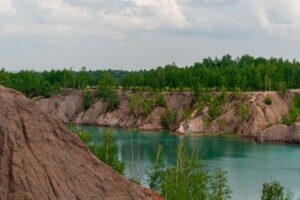









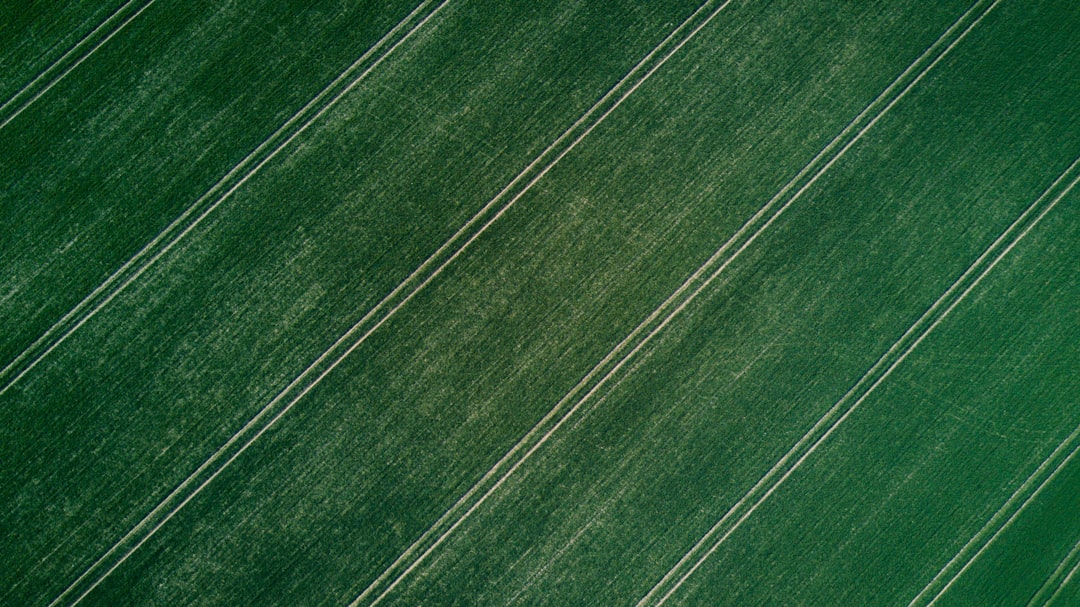
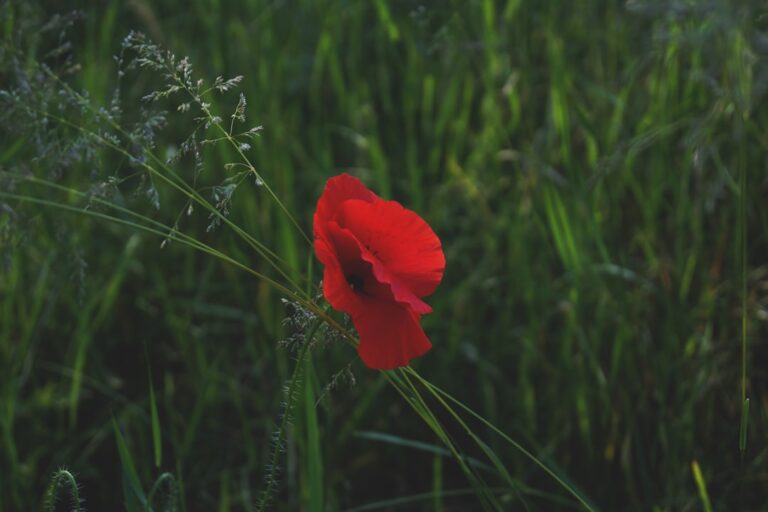

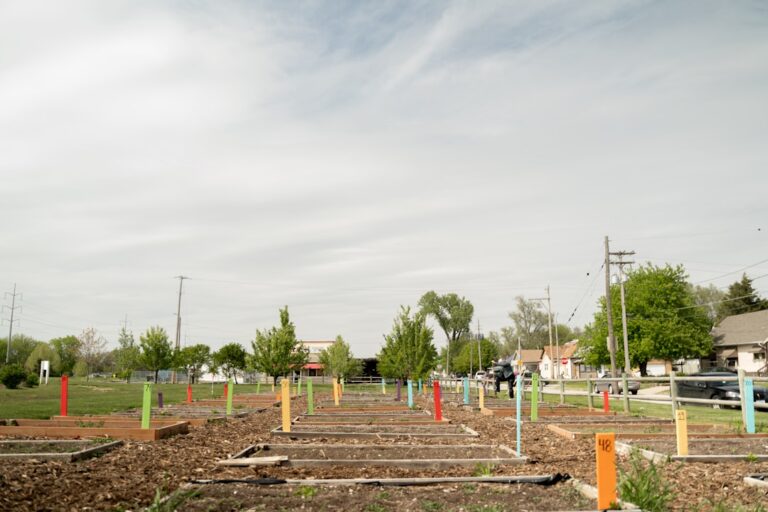


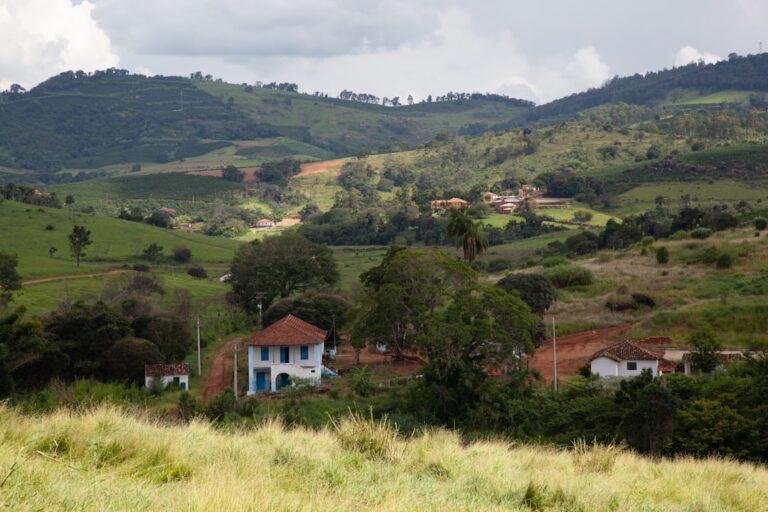







+ There are no comments
Add yours